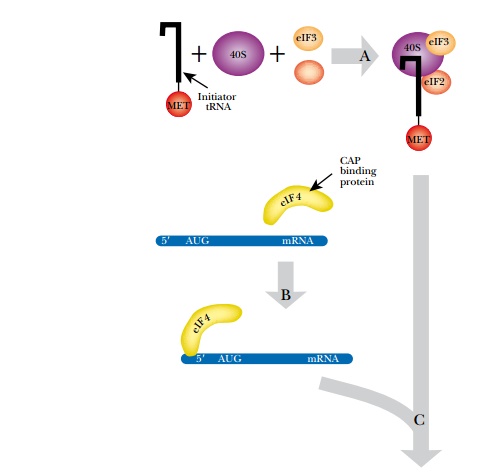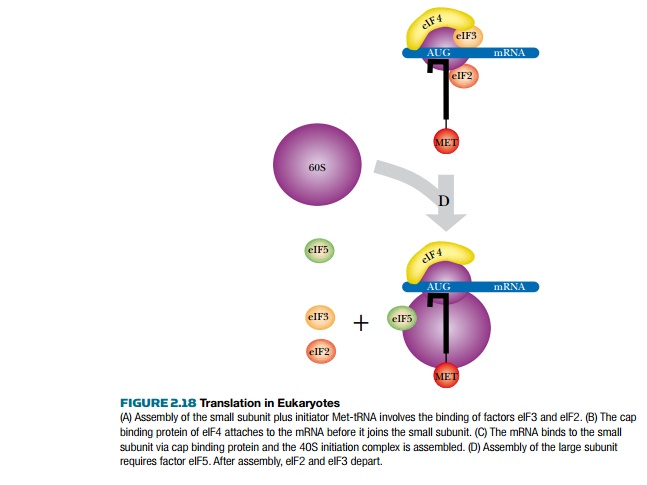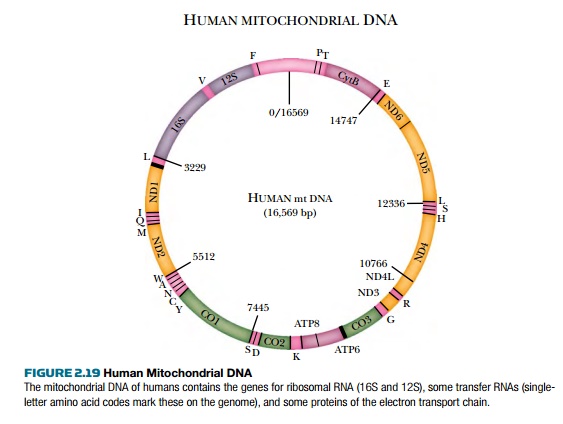Chapter: Biotechnology Applying the Genetic Revolution: DNA, RNA, and Protein
Mitochondria and Chloroplasts Synthesize Their Own Proteins
MITOCHONDRIA
AND CHLOROPLASTS SYNTHESIZE THEIR OWN PROTEINS
The mitochondria and
chloroplasts found in eukaryotes have their own genome and make some of their
own proteins. The symbiotic theory
of organelle origin argues that these organelles were once free-living bacteria
or blue-green algae (cyanobacteria) that formed a symbiotic relationship with a
single-celled ancestral eukaryote. The bacteria supplied energy to the early
eukaryote. Over time, the bacteria gave up many duplicate functions and came to
rely on the host for precursor molecules. Eventually, the symbiotic
mitochondria and chloroplasts lost the majority of their genes, yet today they
still maintain a small version of their genome. These genomes have many genes
associated with protein synthesis (Fig. 2.19). Organelle genes are often more
closely related to bacterial genes than to eukaryotic (nuclear) genes.
Moreover, the ribosomes in animal mitochondria are 28S and 39S in size, closer
to the 30S and 50S subunits of bacteria. The ribosomal RNA of mitochondria and
bacteria are also much more similar in sequence than either is to the rRNA
encoded by the eukaryotic nucleus.



Related Topics